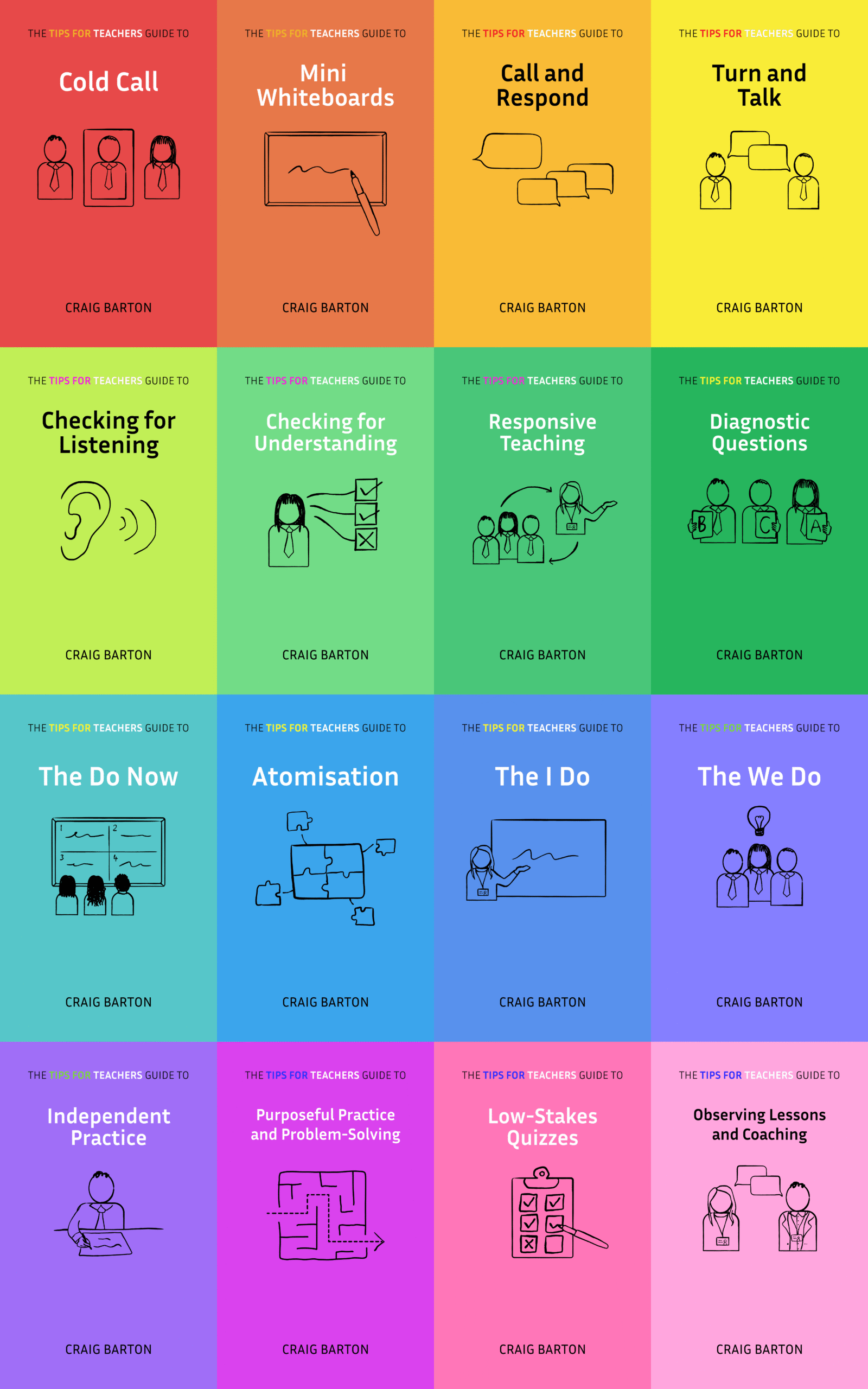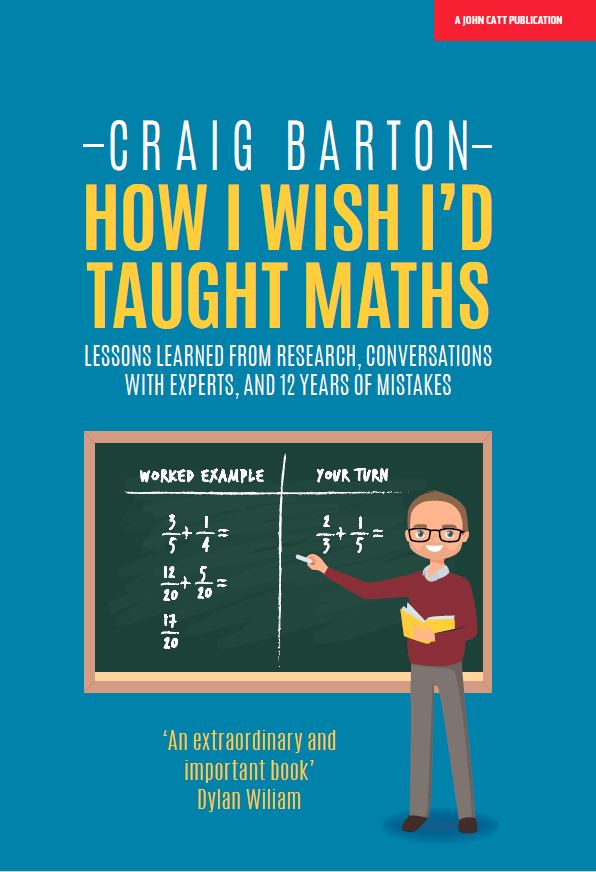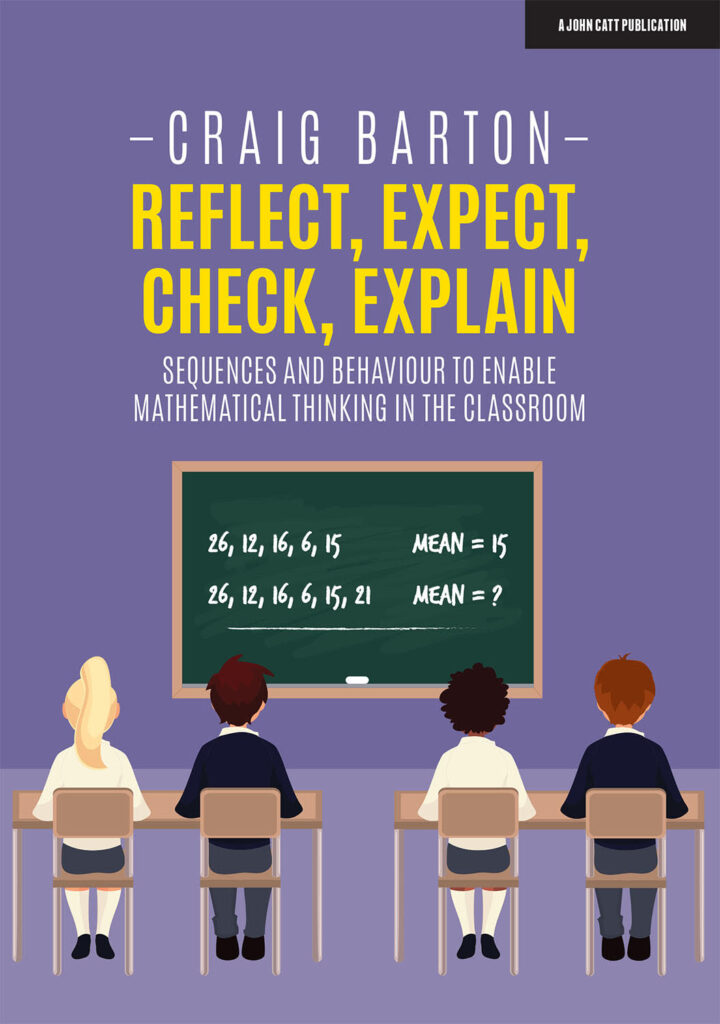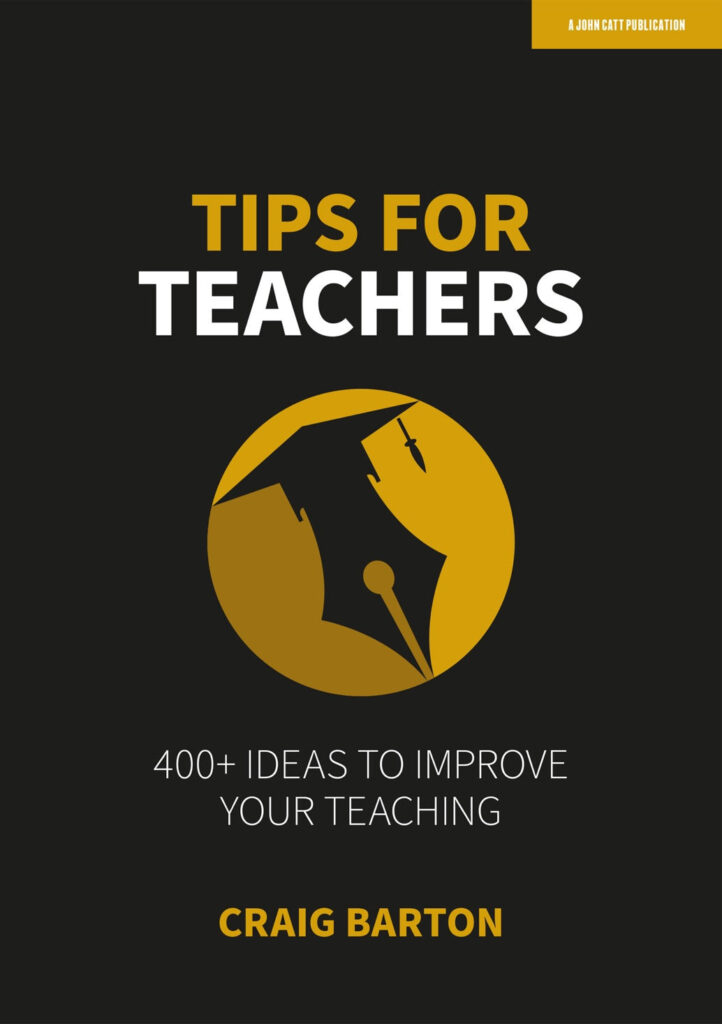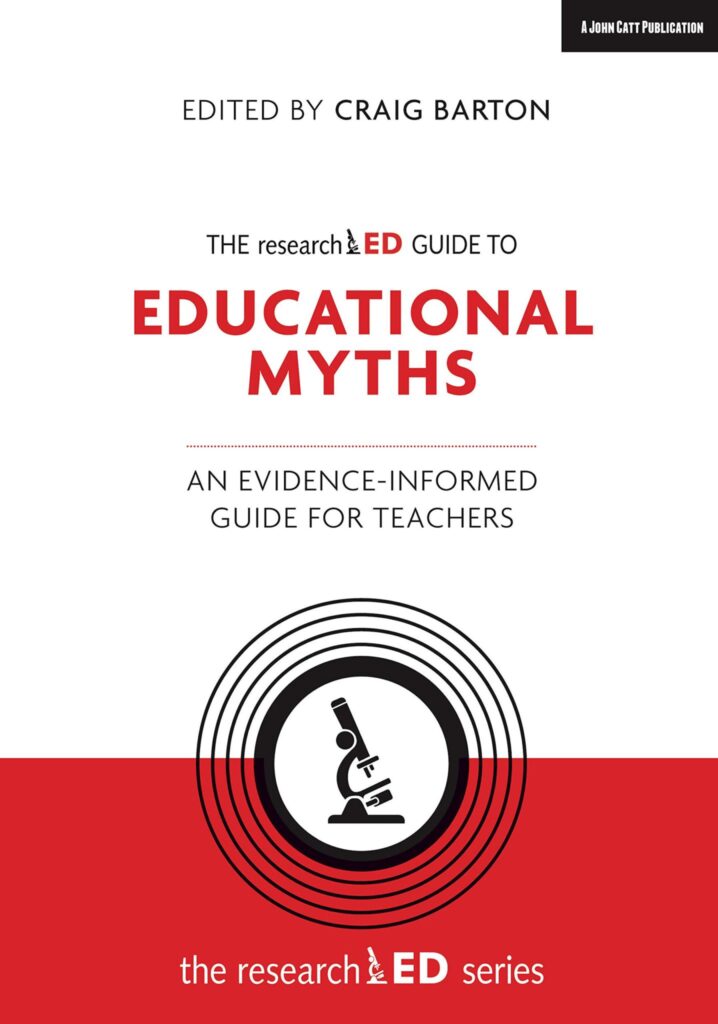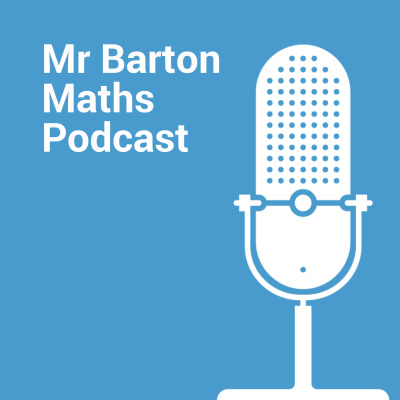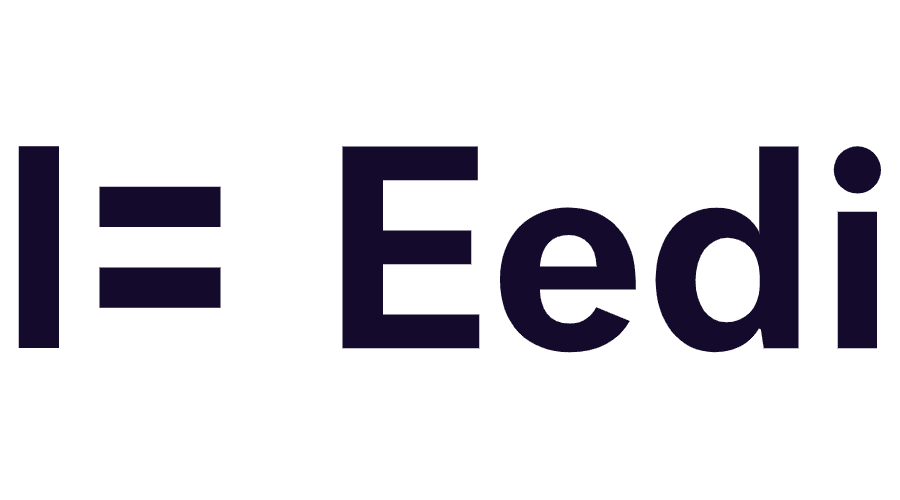Summary
This YouTube transcript discusses techniques for improving classroom engagement. The core idea is to shift from a question-and-answer format to a more conversational approach. This involves strategies like rephrasing student responses as statements, using all-student response systems, and employing “cold calling” strategically. The video emphasizes avoiding “don’t know” as a conversation-ender by prompting further thought and participation. Ultimately, the goal is to foster deeper understanding and more thoughtful student contributions.
What are the implications for teachers?
Based on the sources, here are some implications for teachers:
- Don’t let “I don’t know” end the conversation: When students respond with “don’t know,” teachers should not accept that as a final answer. Instead, they should employ strategies to encourage engagement and thinking.
- Use a variety of techniques when students say “don’t know”:
- For higher-order questions, the teacher could get multiple answers from other students, then ask the student who initially said “don’t know” to select the answer they like best.
- For multiple-choice questions, teachers can ask students to eliminate incorrect answers.
- Teachers can also ask students “If you did know, what would you say?” to prompt a response.
- Teachers can use “phone a friend” or “ask the audience” techniques to make students participate.
- Consider making statements instead of asking questions: Making statements can lead to longer, more thoughtful student responses because students can’t be wrong when responding to a statement. For example, instead of asking a question, a teacher could make a statement that reflects or rephrases what the student has said.
- Focus on conversation rather than Q&A: Teachers should aim to create a conversational environment in the classroom, rather than just a question-and-answer session. This involves moving away from relying solely on questions.
- Use non-verbal cues: Teachers can use non-verbal cues or hand gestures to invite students into the conversation.
- Combine cold calling and whole-class assessment: Cold calling can be a stepping stone to whole-class response systems, and the two can be combined. For example, teachers can cold call a student to ask for their reaction to another student’s response.
- Use all-student response systems strategically: All-student response systems can provide teachers with information about what kinds of follow-ups are appropriate and can be used to bring students into the conversation at the right time. These systems can also show the teacher how student views change during a discussion. The example of students holding up cards to show their answers, instead of an electronic voting system, allowed for the nuance of students holding up multiple cards to show how their thinking has changed and become more nuanced.
- Be reflective about classroom practices: Teachers should reflect on how they are getting students to talk more and move away from the habit of always asking questions.
- Use formative assessment techniques in professional development: Teachers can use formative assessment techniques in professional development sessions, such as asking teachers to select which of a list of options they think is the correct answer, using a finger voting system.
- Be aware of the limitations of cold call: While cold call is useful, teachers should be aware that it may not guarantee that every student is thinking about the answer, as students might gamble on whether or not they’ll be called.

